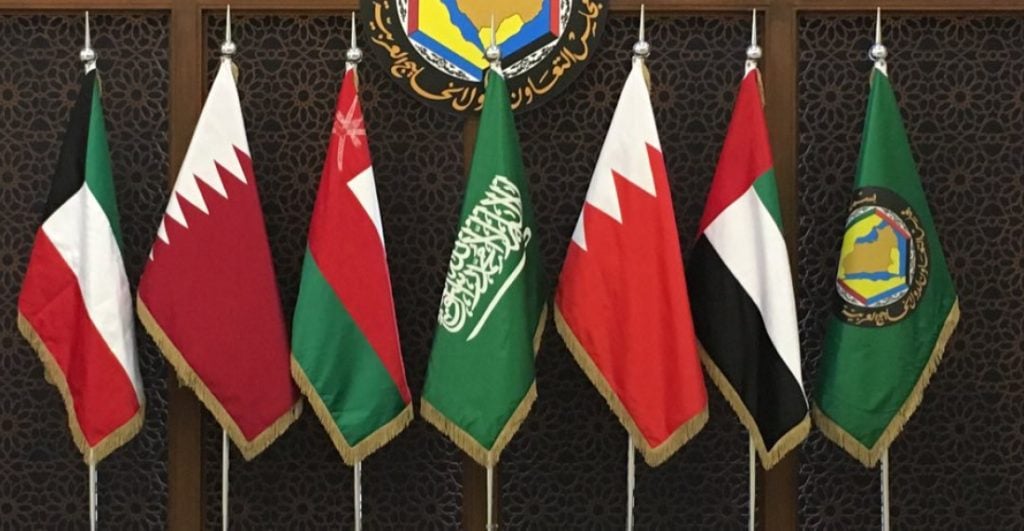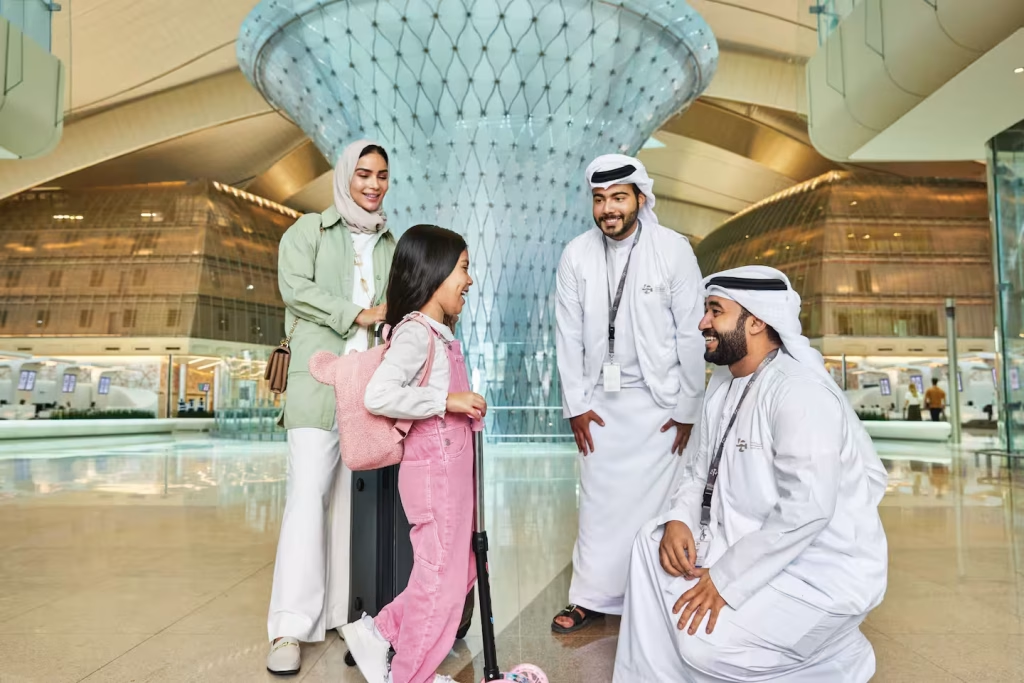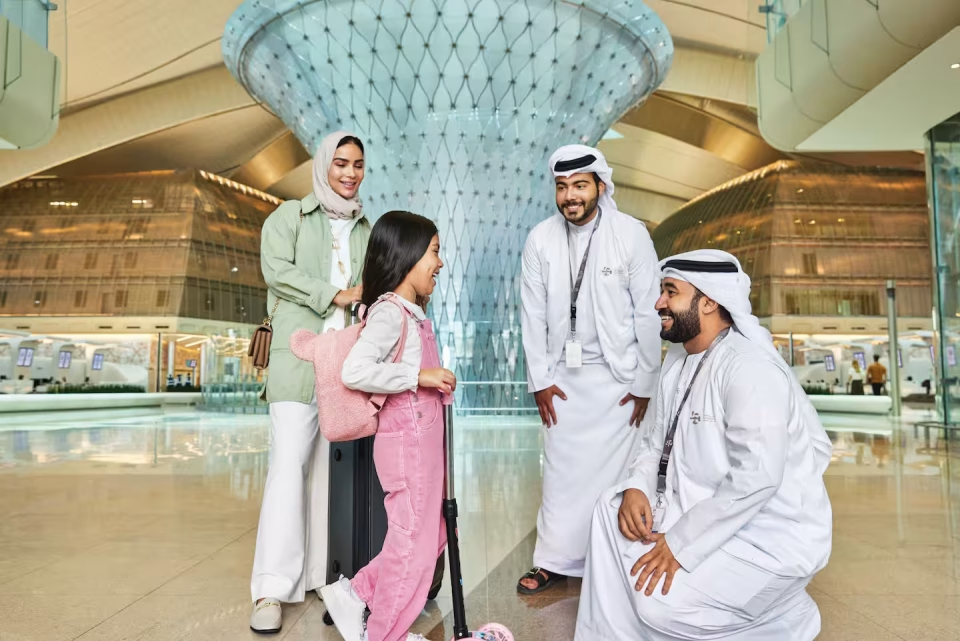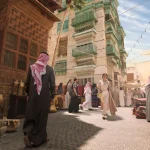Imagine stepping off a plane in Dubai, spending a few days soaking in the skyscrapers and souks, then hopping over to Muscat’s rugged mountains, traversing Saudi Arabia’s historic quarters, catching the waves in Oman, savouring Bahraini pearls, and diving into Kuwait’s cultural corners, all without applying for six separate visas. That’s precisely what the GCC’s much-anticipated unified tourist visa promises. Confirmed on World Tourism Day for a pilot launch in Q4 2025, this initiative is set to reimagine Gulf travel for adventurers and explorers.

This consolidated visa, sometimes dubbed the GCC Grand Tourist Visa, mirrors Europe’s Schengen-style freedom by allowing access across all six Gulf Cooperation Council nations: the UAE, Saudi Arabia, Kuwait, Qatar, Bahrain, and Oman. It’s billed not just as a bold step in tourism facilitation but as a strategic push for regional integration. As UAE’s economy minister put it, the visa is a “strategic step towards deeper regional integration and will enhance the Gulf’s collective appeal as a single tourism destination.”
A game-changer for travellers
Let’s face it, the appeal is hard to resist. First is the convenience factor where days of juggling multiple visa applications, navigating disparate requirements, and paying separate fees are gone. One visa, one application, one stamp that unlocks six countries. That simplicity alone could turn what were once logistical nightmares into seamless Gulf-hopping experiences.
Cost-wise, though details are currently pending, travellers may save money overall by avoiding redundant administrative charges. The unified visa also allows for longer stays of more than 30 days, so instead of hopping in and out of one country, one might spend two or three weeks sampling different destinations and flavours during the one trip. That ability to peel back the layers of each destination and take in the varied exposure is a definite win for travellers seeking richer and more meaningful itineraries.
For the GCC region, the visa is a tourism accelerator. By lowering travel friction, the six countries stand to benefit from increased visitor numbers, longer stays, and a more even distribution of tourism across lesser-known destinations. It would also inspire more cross-border tourism packages for different interests.
What to watch out for

Of course, no grand scheme is without its wrinkles. For travellers, the devil’s in the details, including the duration of stay allowed per visit, total days within the region, or rules about entering and exiting could limit flexibility. If, for example, you must complete the journey within a tight window, you might feel rushed or stuck in one part of the region rather than fully exploring.
Moreover, while the pilot phase is intended to test operations and logistics, so hiccups are inevitable, including the likes of technical failures, inconsistent visa processing across countries, or delays in cross-border coordination – all of which could potentially affect travel in the early days. Border checks may still occur, especially for immigration, security or health purposes, truncating the seamless journey some travellers expect.
Another concern might be visa cost tiers. If pricing scales aggressively with length or number of entries, some travellers might still prefer to visit just one or two GCC nations via conventional visas rather than pay for full access. And depending on one’s country of origin, additional documentation or criteria might still apply for some GCC countries even under the unified scheme.
As the GCC prepares to roll out this ambitious pilot later in 2025, we can safely say the vision on open borders and shared identity is positioning the region as one grand destination. And while the visa benefits of simplicity, deeper exploration, and regional growth are compelling, travel agents and travellers should keep an eye on the clause details before finalising itineraries to ensure seamless travel.
If all goes well, we could soon see the GCC emerge as one of the world’s most accessible and unified travel corridors. Stay tuned for more updates.



